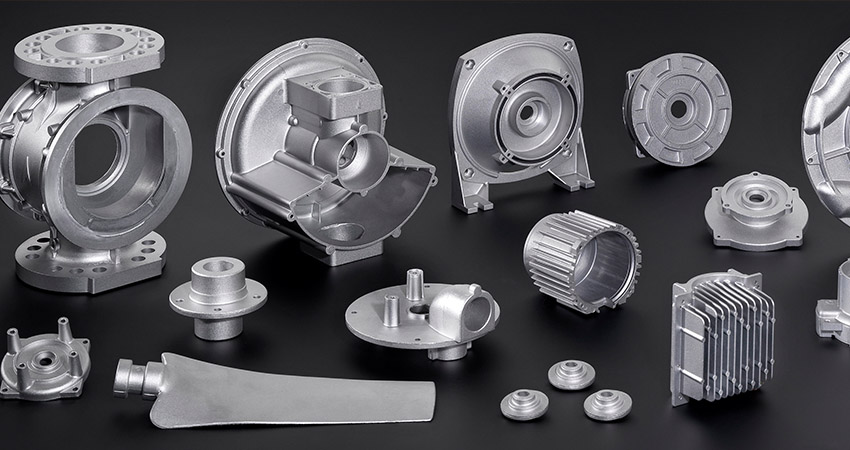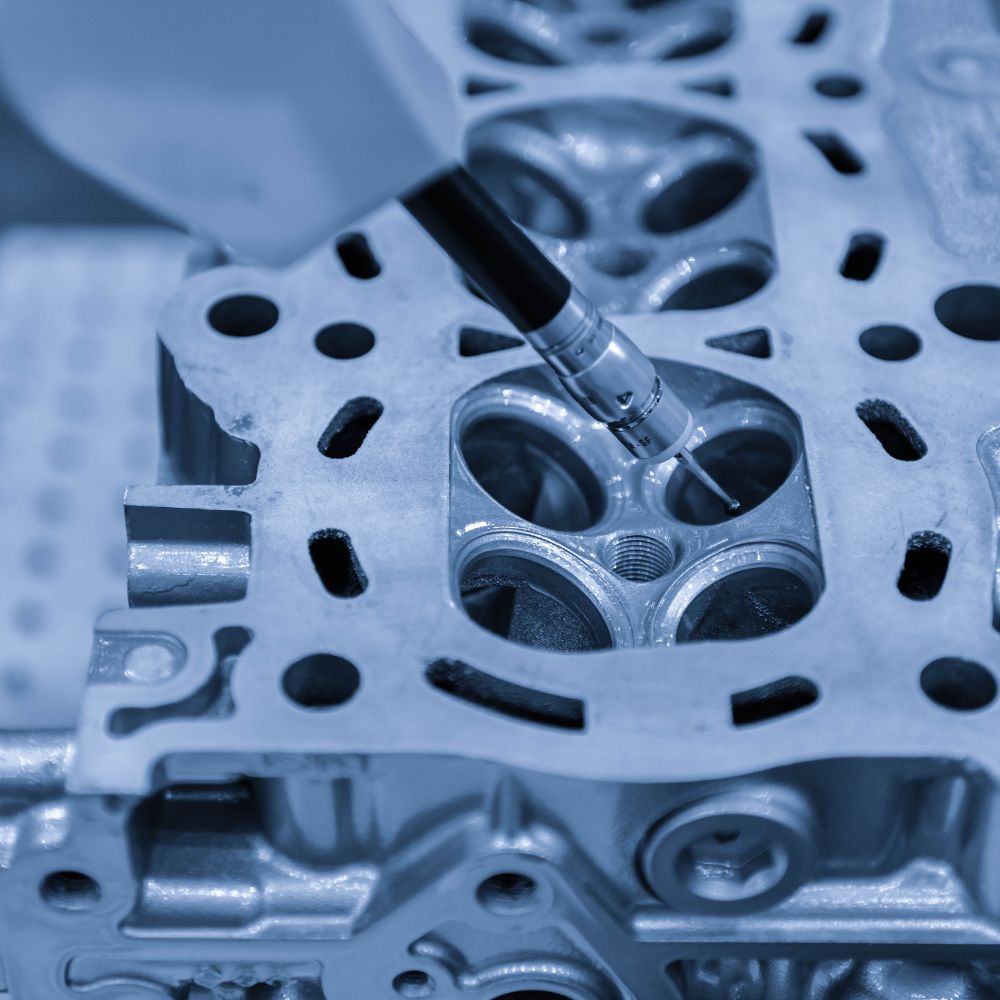The 10-Minute Rule for Aluminum Castings Company
7 Simple Techniques For Aluminum Castings Company
Table of Contents3 Easy Facts About Aluminum Castings Company DescribedNot known Details About Aluminum Castings Company What Does Aluminum Castings Company Do?The 25-Second Trick For Aluminum Castings CompanyAll about Aluminum Castings CompanySome Known Factual Statements About Aluminum Castings Company Not known Factual Statements About Aluminum Castings Company Examine This Report about Aluminum Castings Company
There are two primary sorts of die spreading utilized in the aluminum casting market: hot chamber pass away spreading and chilly chamber die spreading. The main difference in between these techniques is exactly how the molten metal is delivered to the mold. In warm chamber pass away spreading, frequently used for reduced melting point metals, the melting pot is directly connected to the device, and a plunger compels the material through a gooseneck into the die tooth cavity.
Get This Report on Aluminum Castings Company
In these approaches, the mold and mildew is intentionally destroyed or broken away in order to draw out the completed light weight aluminum spreading. Typical procedures under the category of expendable mold spreading consist of (investment casting),,, and investment casting. When producing custom-made light weight aluminum parts using expendable molds, manufacturers put molten light weight aluminum or aluminum alloys right into the mold, which is then damaged apart to launch the solidified metal part.
The is among the earliest and most utilized kinds of light weight aluminum spreading. It involves compacting specialized shop sand, commonly reinforced with clay or material, around a specifically crafted multiple-use pattern that determines the shape and inner information of the completed aluminum item. The pattern system incorporates risers and vents to manage the circulation of molten steel and to prevent casting flaws such as shrinking porosity.
All about Aluminum Castings Company

This mold is after that preheated before the pouring of molten light weight aluminum or aluminum alloy. As the metal fills the covering, it catches the detailed information Full Article and great surface finish of the mold and mildew. Once cooled, the ceramic is mechanically or chemically damaged away, enabling for the removal and splitting up of private actors components.
Our Aluminum Castings Company Diaries
Permanent mold casting uses reusable metal mold and mildews and is excellent for mass manufacturing with constant quality and less waste. Expendable mold casting uses single-use molds, like sand or foam, using layout adaptability and lower tooling expenses for models or brief runs. Die casting is best for creating high quantities of aluminum components that need tight resistances, fine details, and smooth surfaces.
The Toshiba Machine DC-J Series consists of die casting makers appropriate for aluminum. Known for their durable building and construction and high injection performance, these makers make certain effective and exact casting (Sand Foundry).

While light weight aluminum can be used in its pure kind, it is often alloyed with other steels to enhance its residential or commercial properties or the residential properties of the various other metals. These alloys use boosted efficiency for different applications. Light weight aluminum alloys are categorized right into 8 collection, phoned number from one to 8. The initial digit(s) of the number show the key alloying component incorporated with aluminum.
All about Aluminum Castings Company
This alloying enhances the stamina and solidity of aluminum yet decreases its ductility and corrosion resistance. The 3000 collection alloys are mostly alloyed with manganese.
The 4000 series alloys are alloyed with silicon, which decreases the melting factor and enhances fluidness. This makes it a popular choice for casting, as it is easy to create in its liquified state.
What Does Aluminum Castings Company Do?
This collection is identified as a high-strength alloy, specifically matched for sheet and plate applications because of its outstanding weldability. Its resistance to corrosion from acids and antacid makes it optimal for usage in rough and hostile environments (Metal Foundry). The 6000 collection alloys are alloyed with both magnesium and silicon, supplying a balance of stamina, mechanical properties, and deterioration resistance
Processing the 6000 collection needs specialized and advanced equipment, which can be complex and expensive. Nonetheless, this series is known for its exceptional deterioration and oxidation resistance, as well as its convenience of layer, therapy, and workability. The 7000 collection aluminum alloys are the best and most long lasting amongst light weight aluminum types, with strength similar to around two-thirds of industrial-grade A3 steel.
The Main Principles Of Aluminum Castings Company
Zinc is the key alloying component in the 7000 series, enhancing the firmness of the aluminum, although zinc's firmness resembles that of light weight aluminum on the Mohs range. The 8000 series light weight aluminum alloys are mostly alloyed with tin, together with percentages of copper and nickel (Metal Foundry). While these alloys provide lower stamina compared to various other collection, they excel in machinability and use resistance
Light weight aluminum cast heatsinks are electrically conductive, enabling them to be based effectively. They are frequently cast with integrated features that reduce the demand for second operations, such as additional machining or setting up, leading to more price savings. Light weight aluminum spreading is frequently used to manufacture braces for both sturdy commercial equipment and home home appliances.
5 Simple Techniques For Aluminum Castings Company
The single-piece building and construction of light weight aluminum brackets enhances their stamina and longevity, decreasing the probability of failure. If openings are needed, they can be consisted of directly in the casting mold and mildew, reducing the requirement for post-production completing (https://giphy.com/channel/alumnmcstngs). Makers have progressively embraced light weight aluminum spreading for golf devices due to its sturdiness, stability, and adaptability in shaping